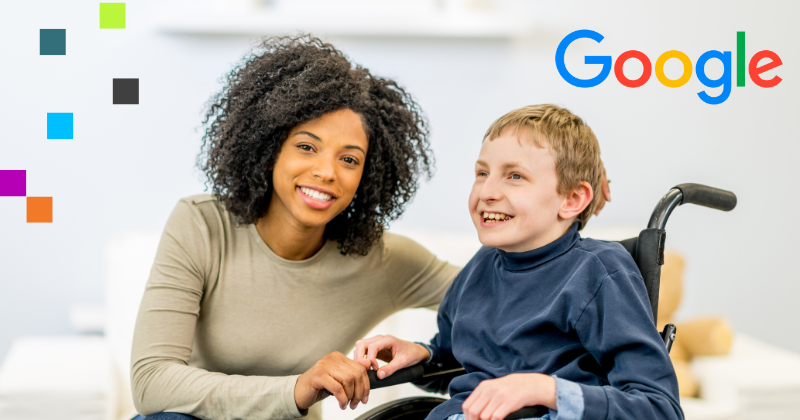
As part of their commitment to improving disability inclusion and accessibility, Google has announced new features to support people with disability, especially those with low vision, blindness, or cognitive disability.
One of such updates include their ‘Lookout’ app for Android, which will now have a “find mode” feature. This feature uses the device’s camera to help users who are blind or with low vision identify objects and determine their orientation and distance. Additionally, Google’s ‘Look-to-Speak’ app will soon include a new text-free speech model. This model uses personalised emoticons, icons, and images to enhance communication for its users.
Google Maps is also being made more accessible through improvements in screen reader support and detailed voice guidance to help users navigate complex environments.
However, it is amazing to note that Google’s efforts are not just about product improvements. Laura Allen, Google’s head of strategy and programs for accessibility and disability inclusion, added that the company is taking a comprehensive approach. This includes supporting various sectors, such as Google’s recent donation of $5 million to non-for-profit organisations that are creating inclusive tools and educational programmes to improve digital accessibility for students.
For more information, please read Heasley’s article on Google’s accessibility improvements on Disability Scoop.
